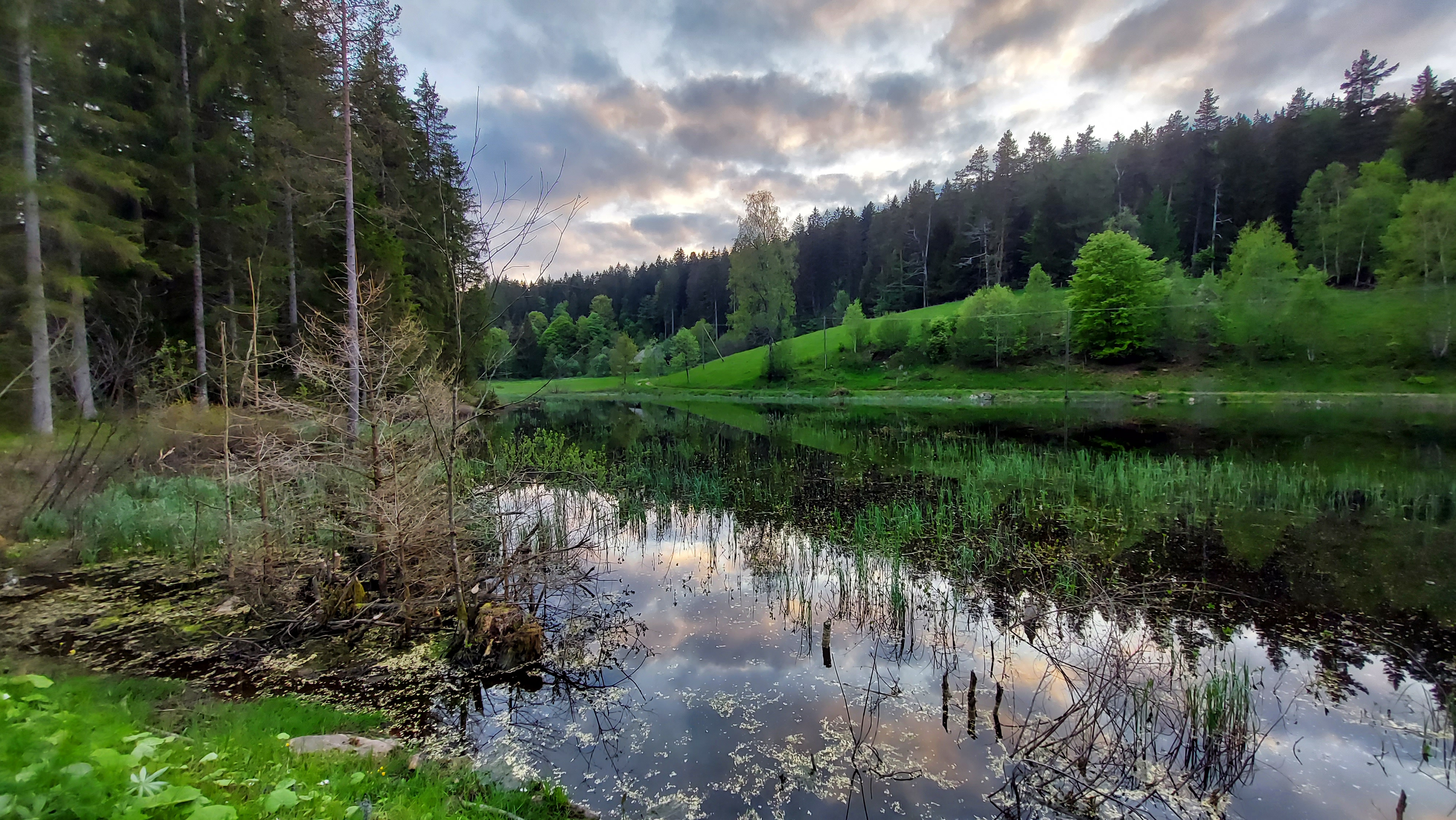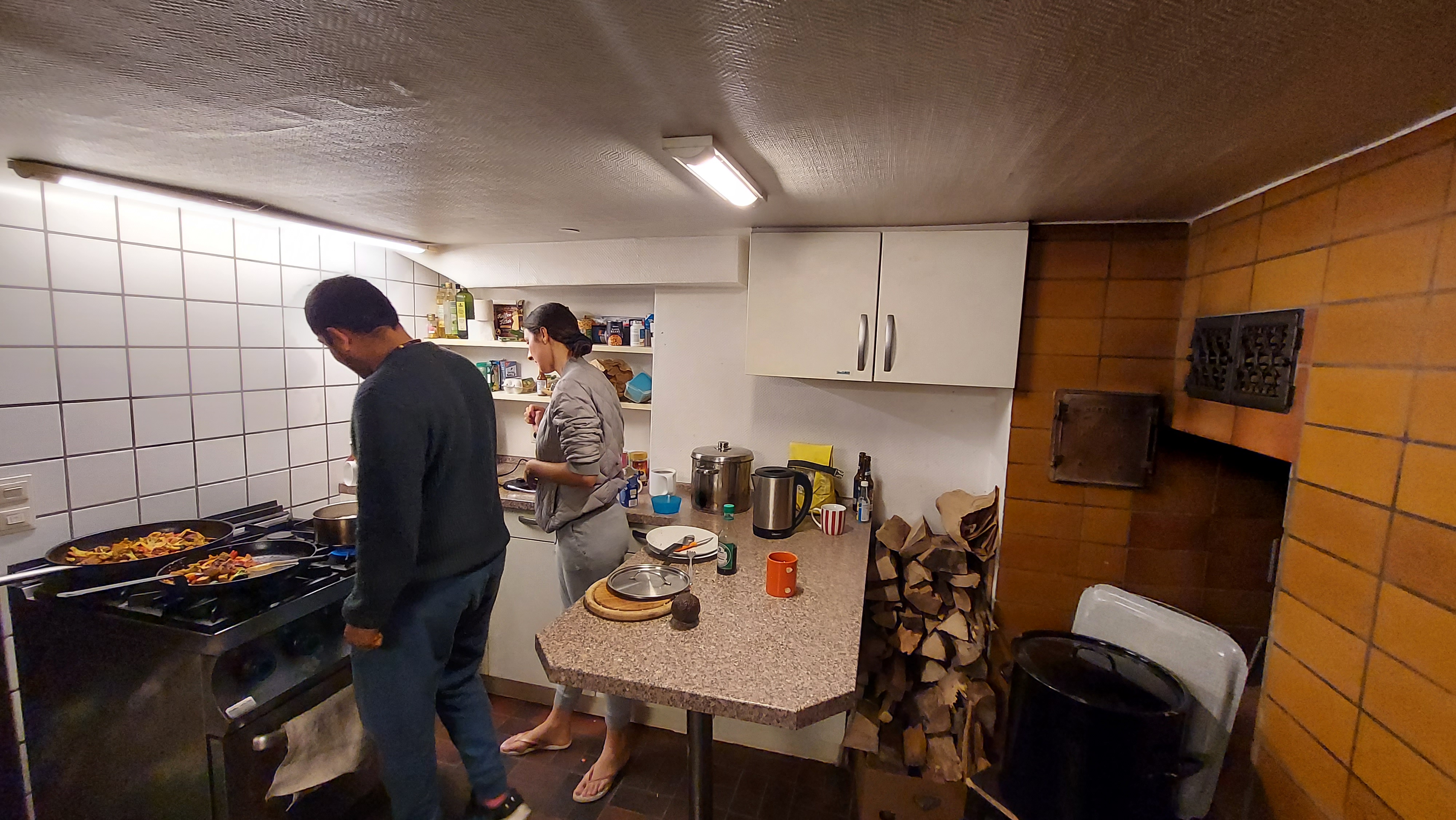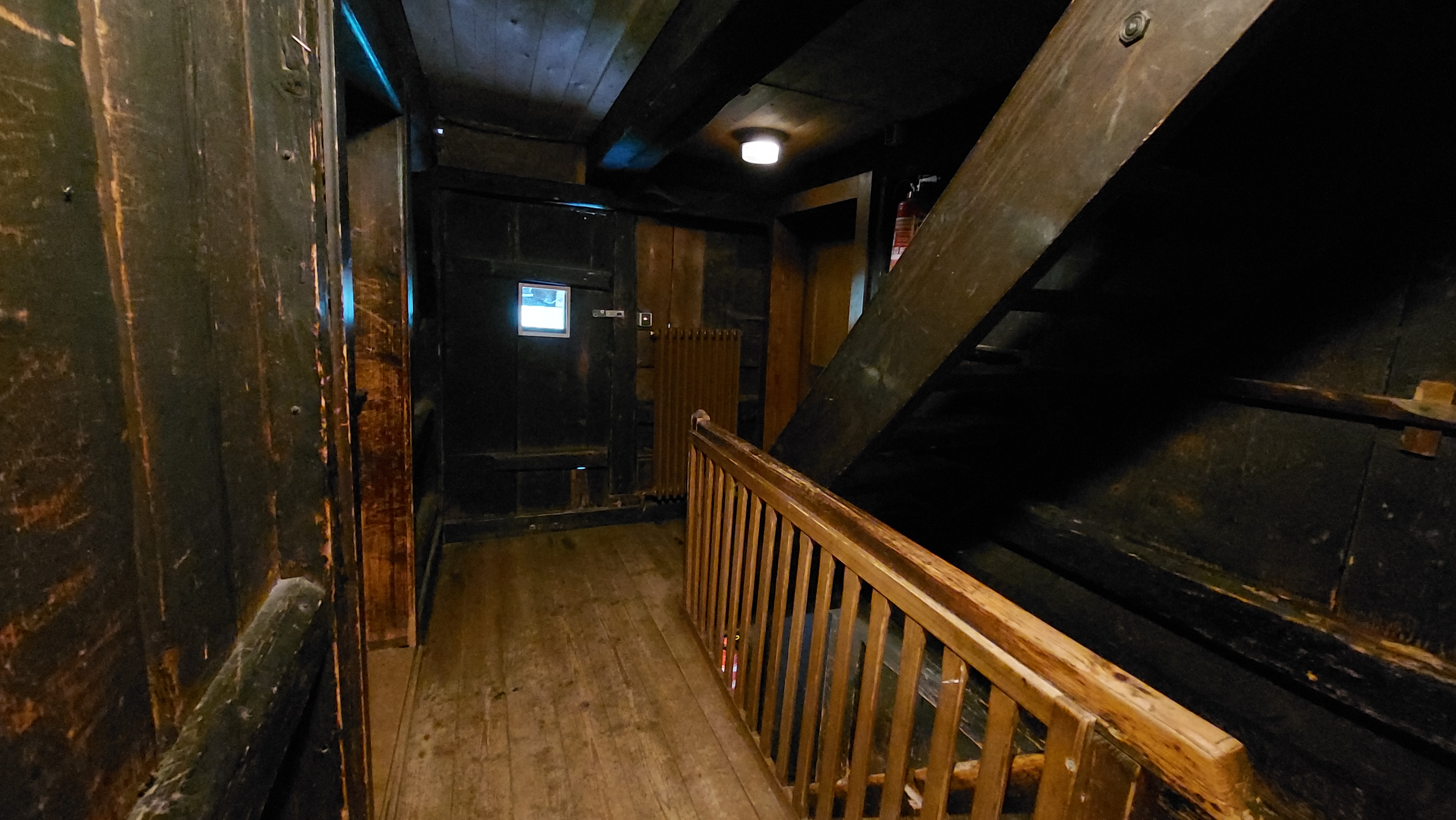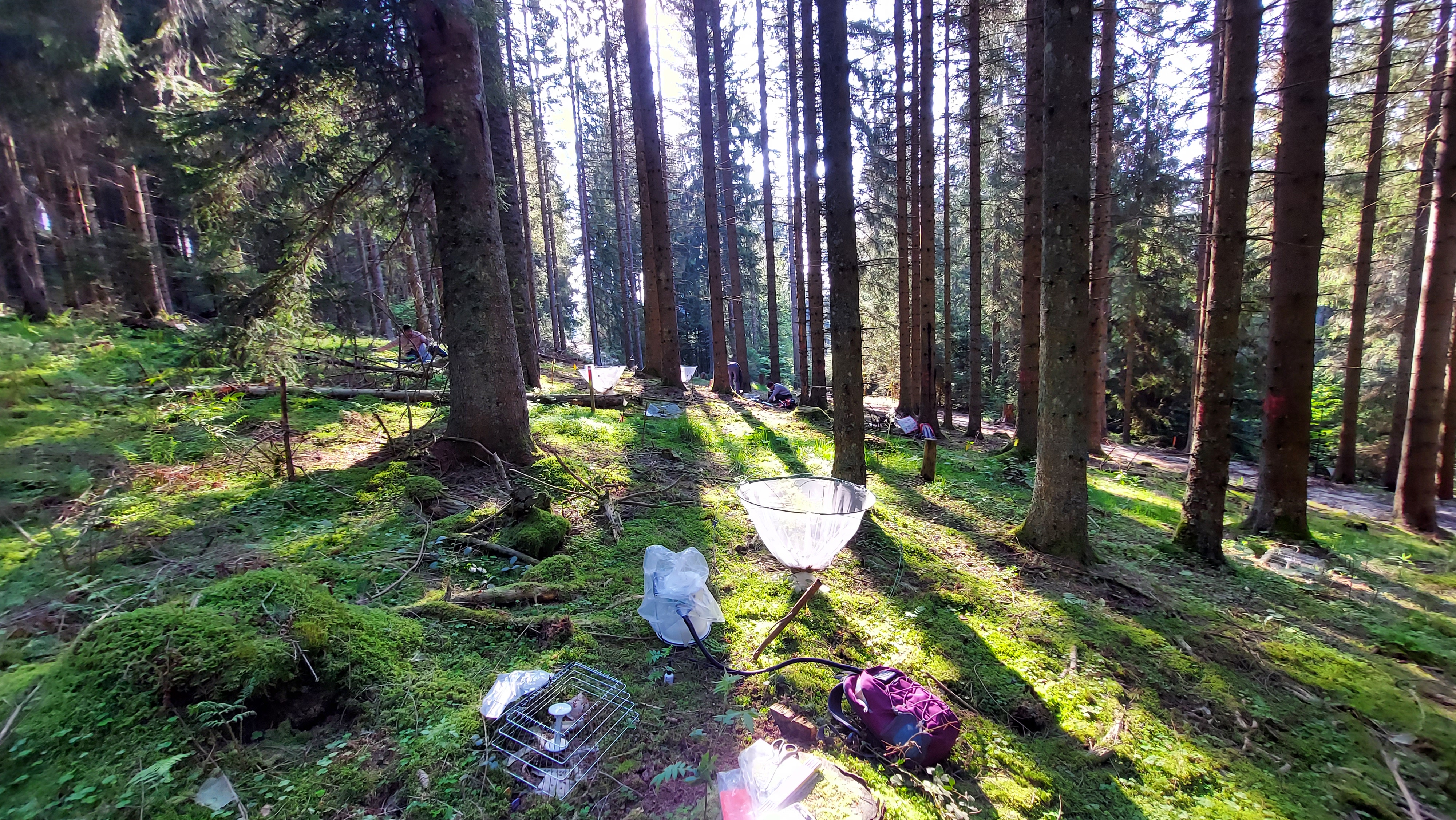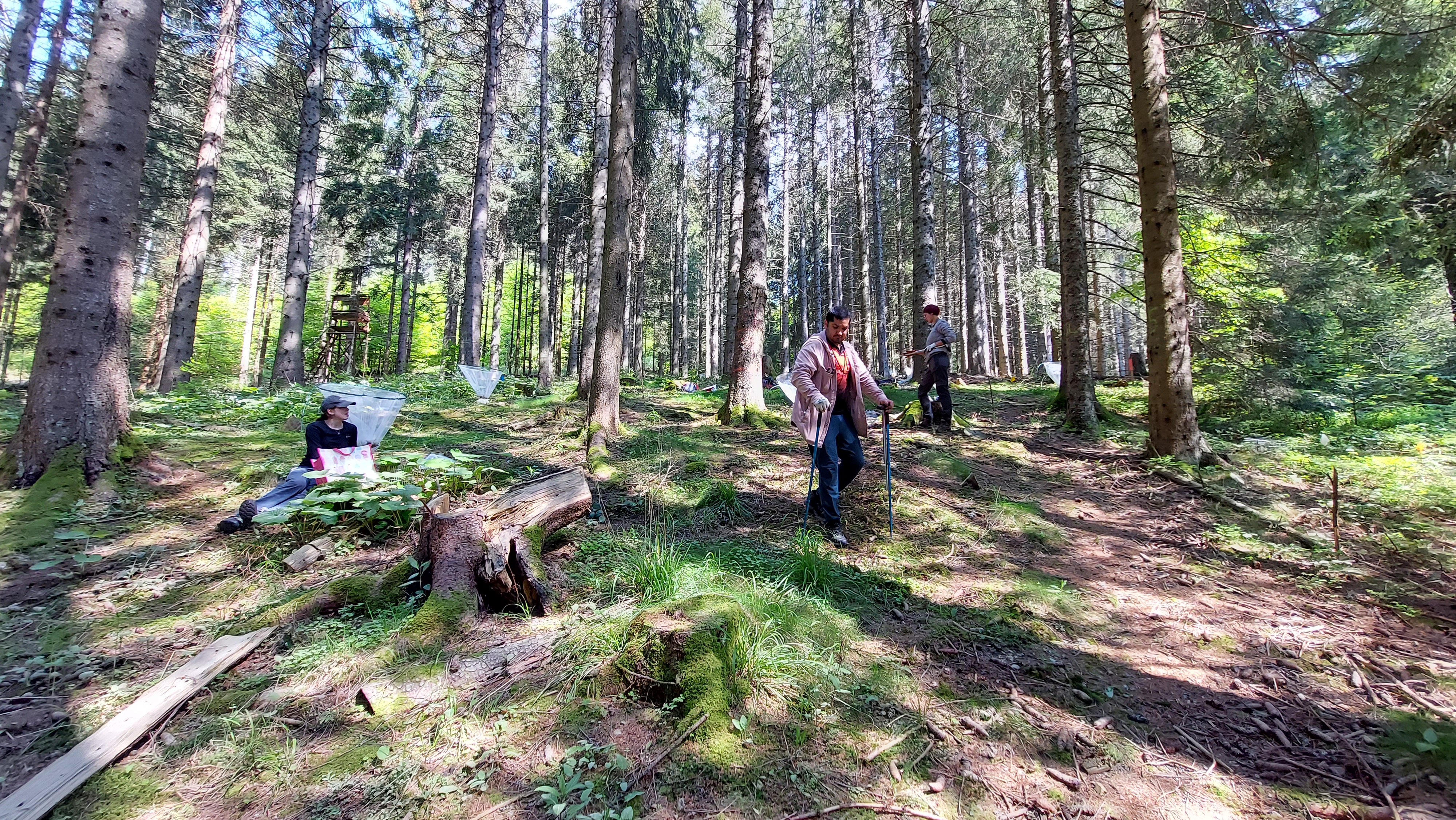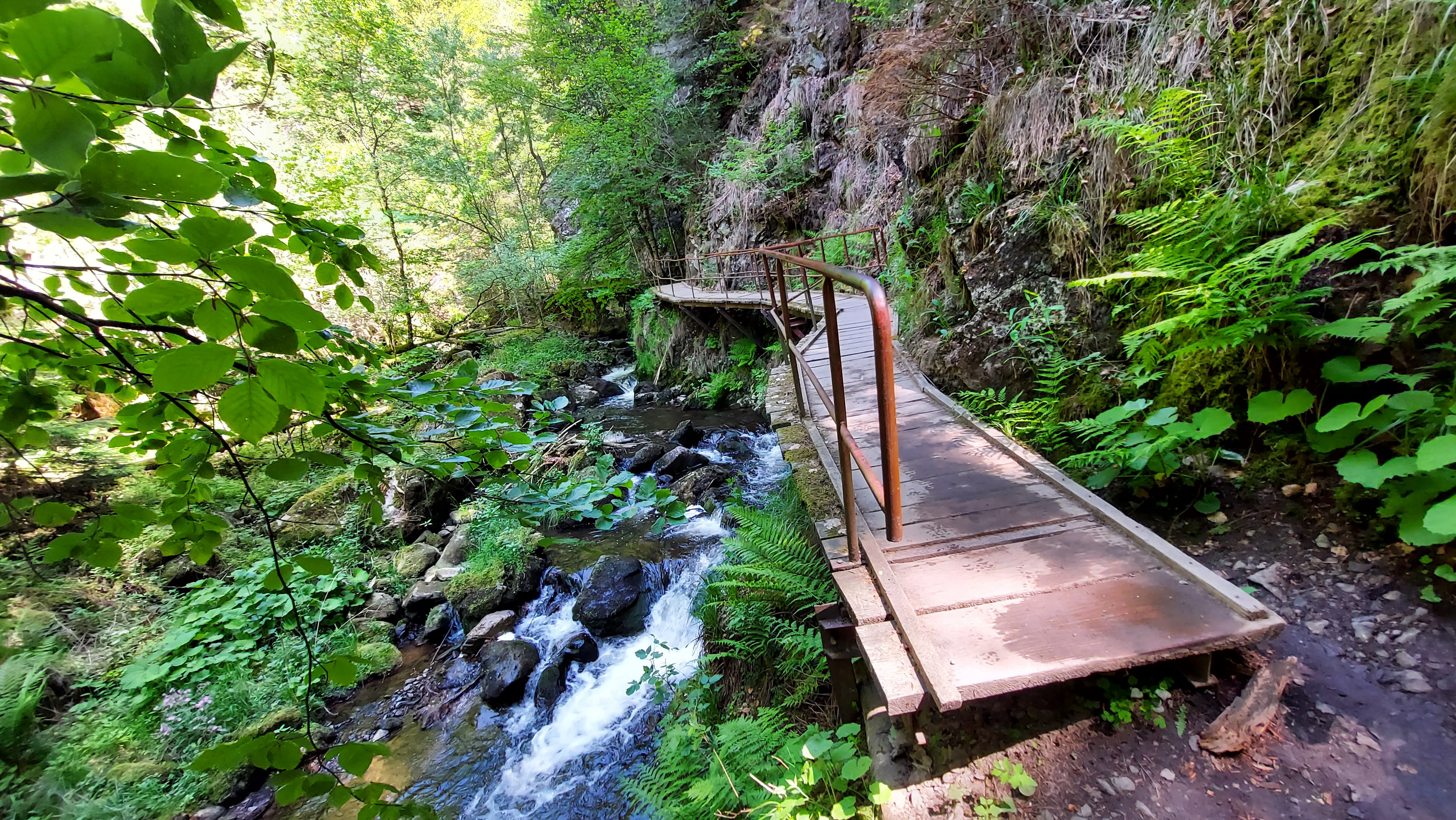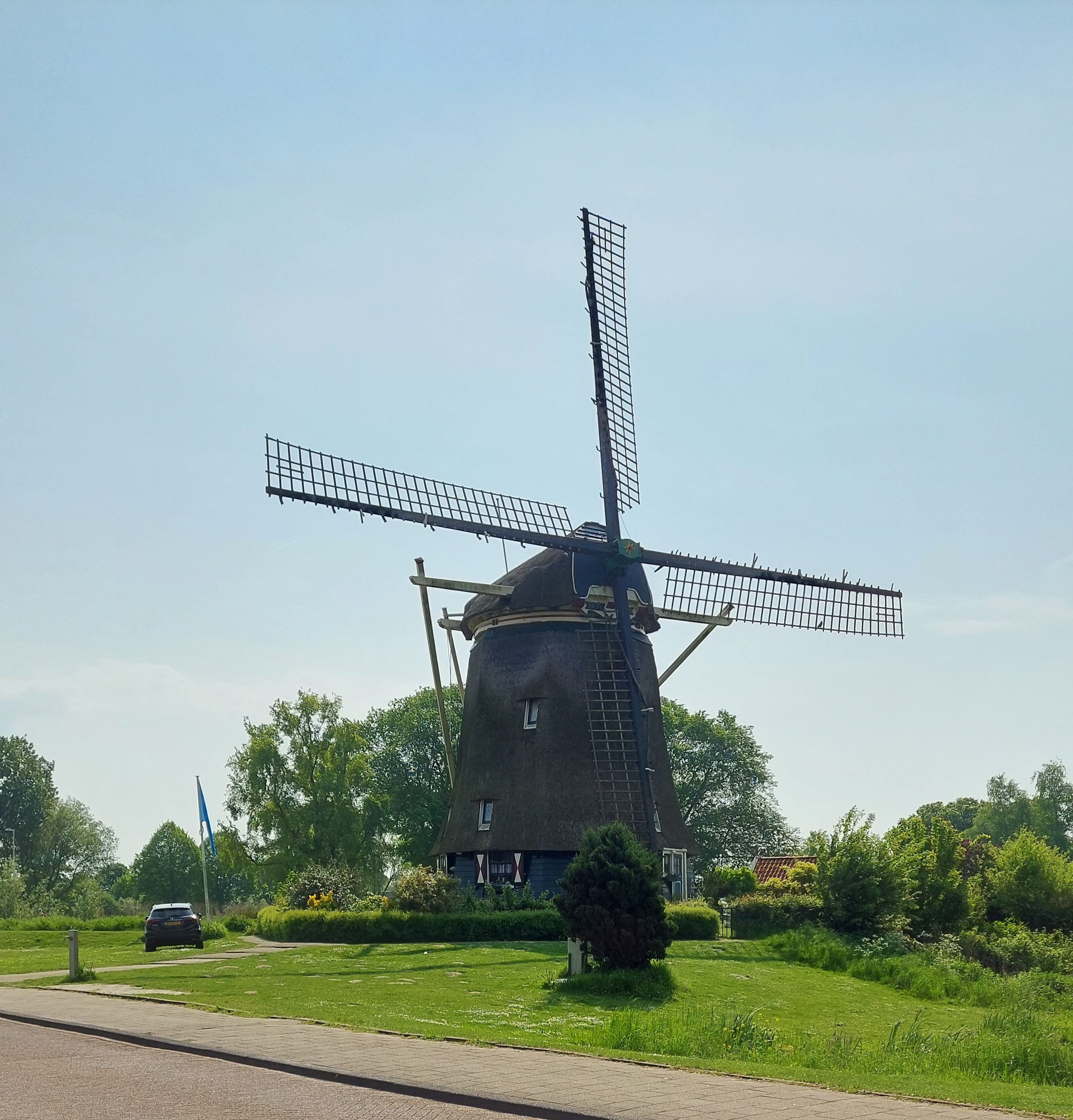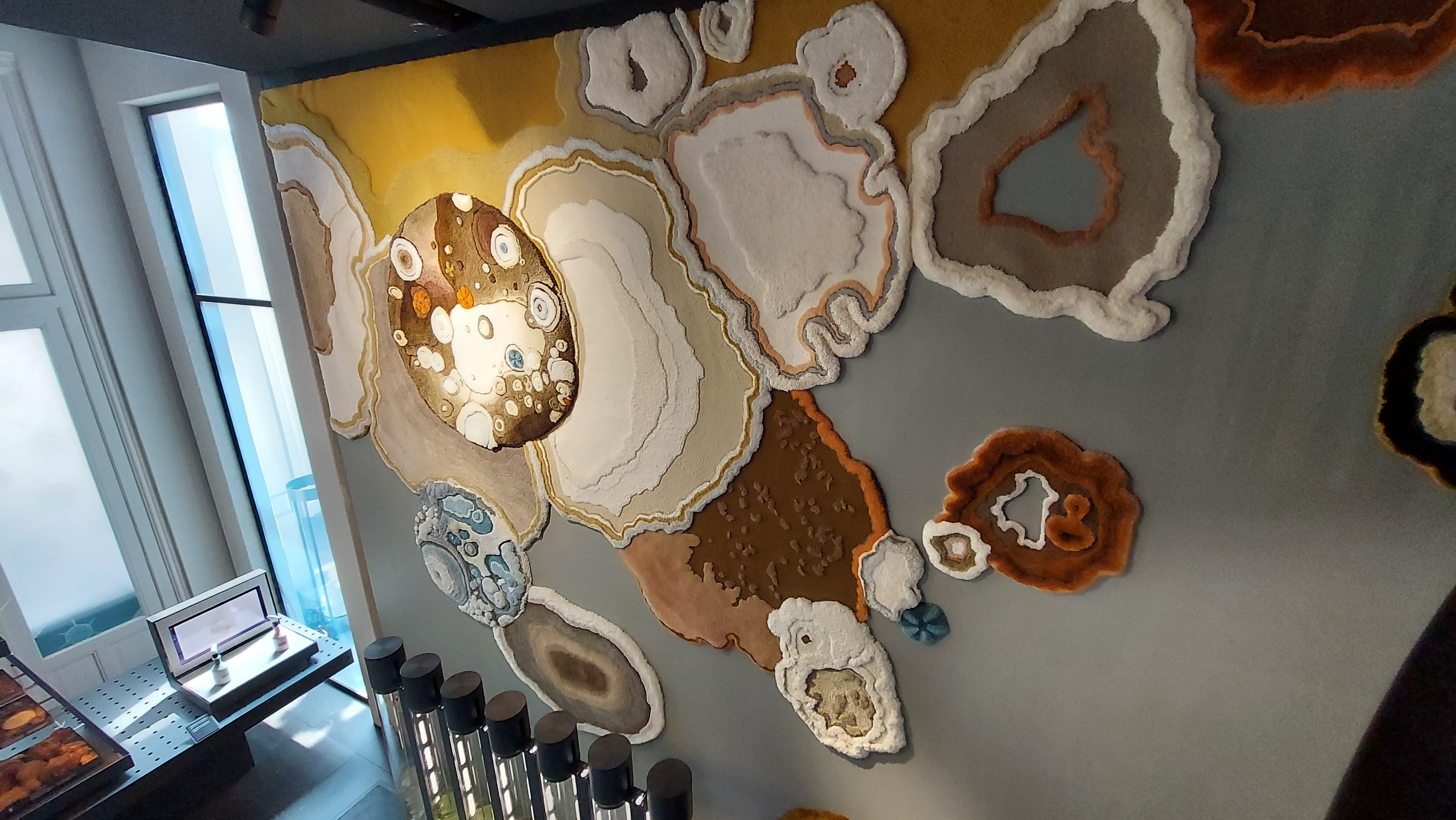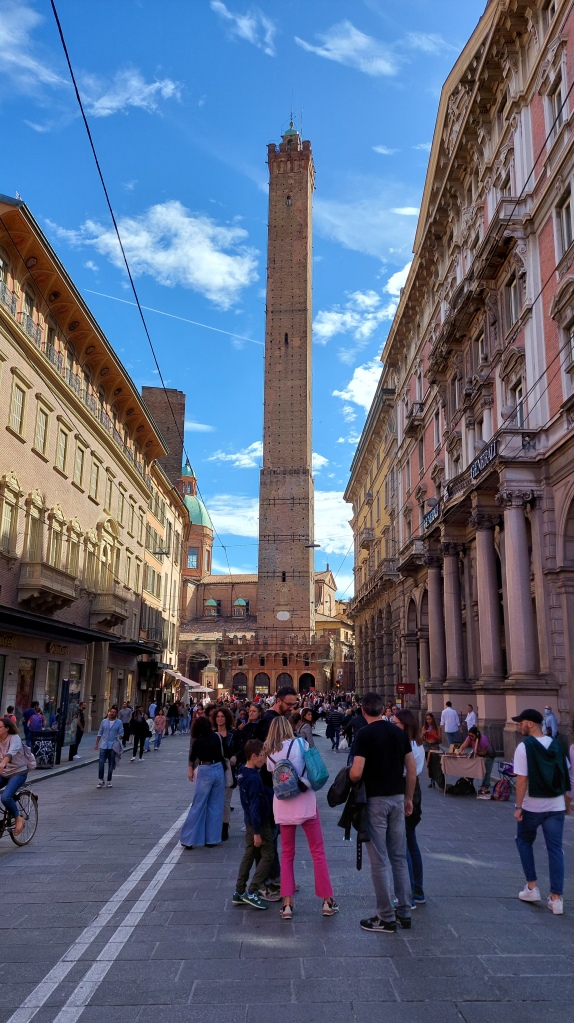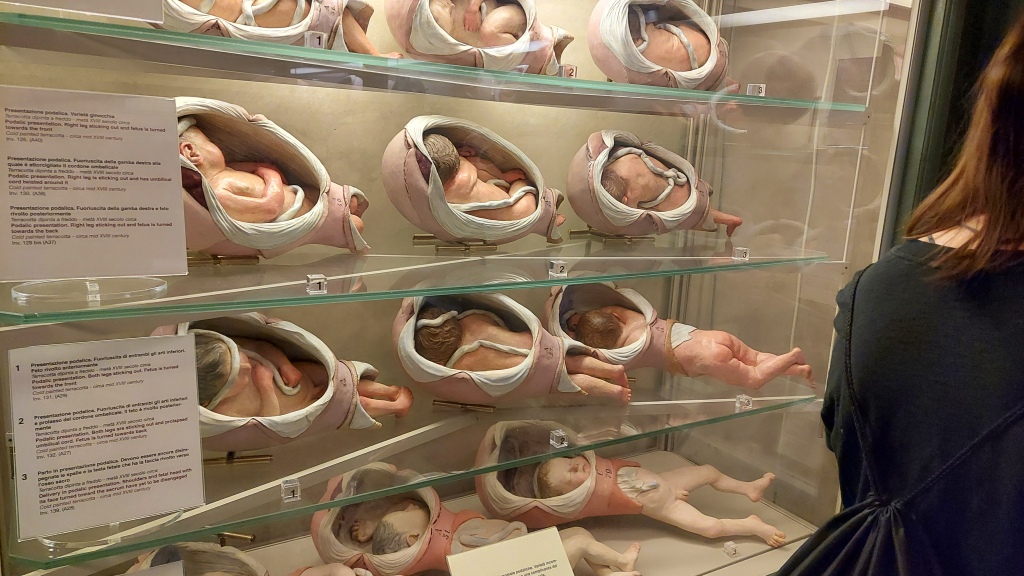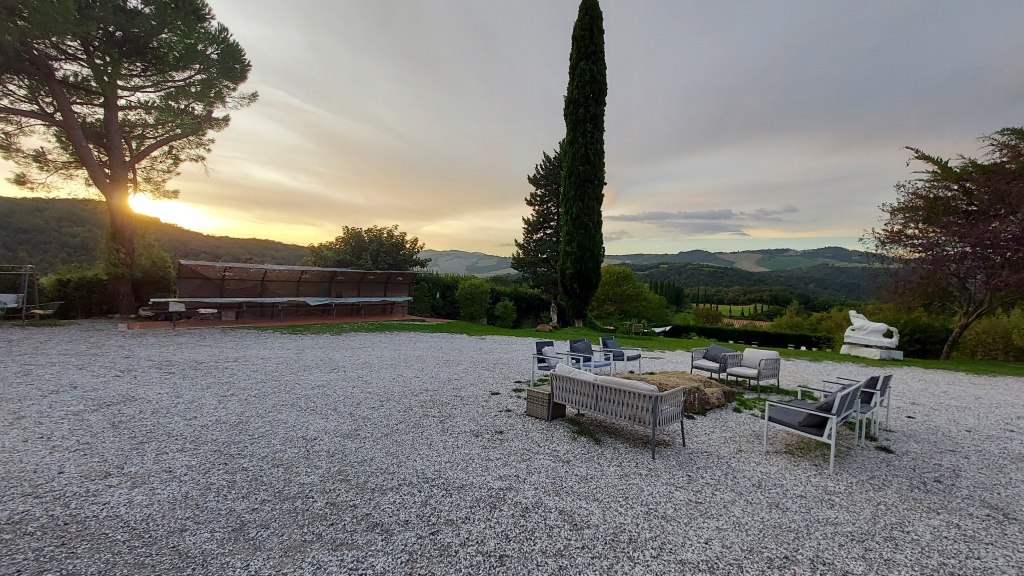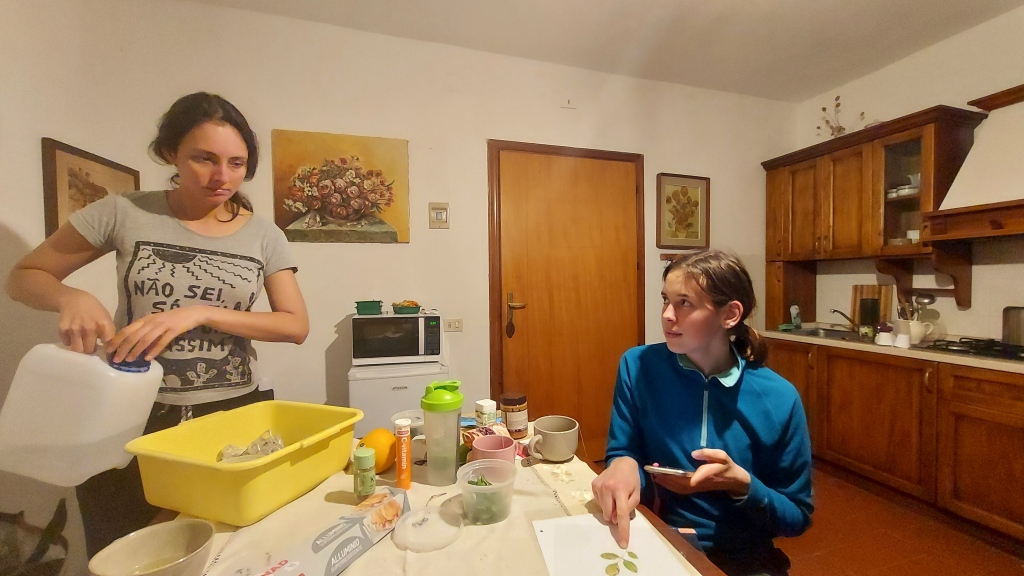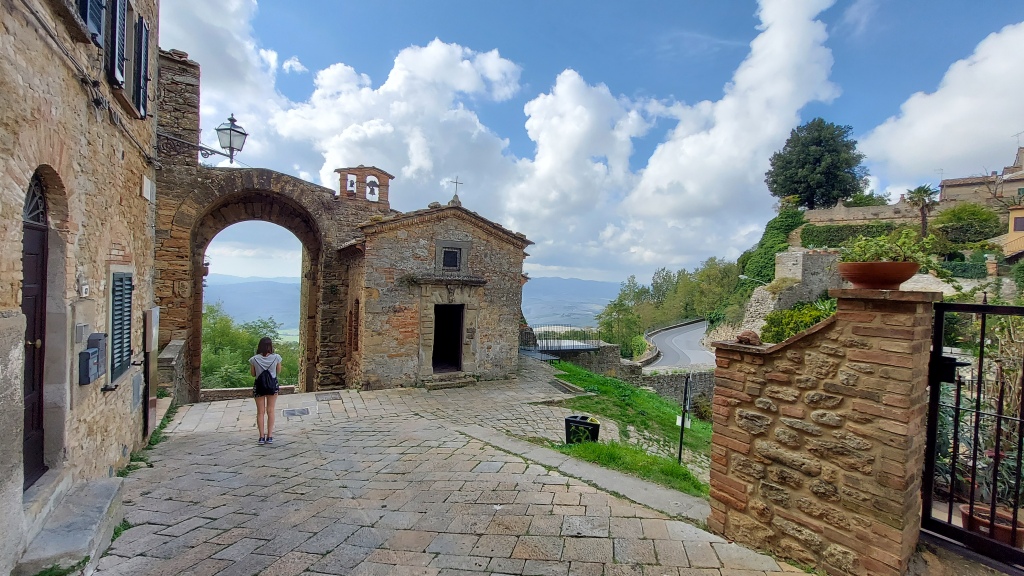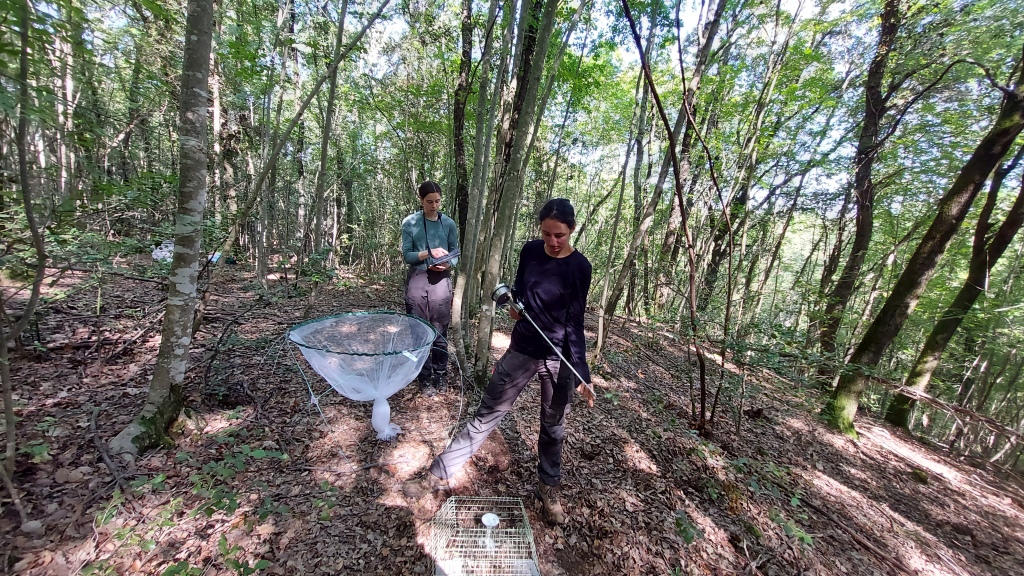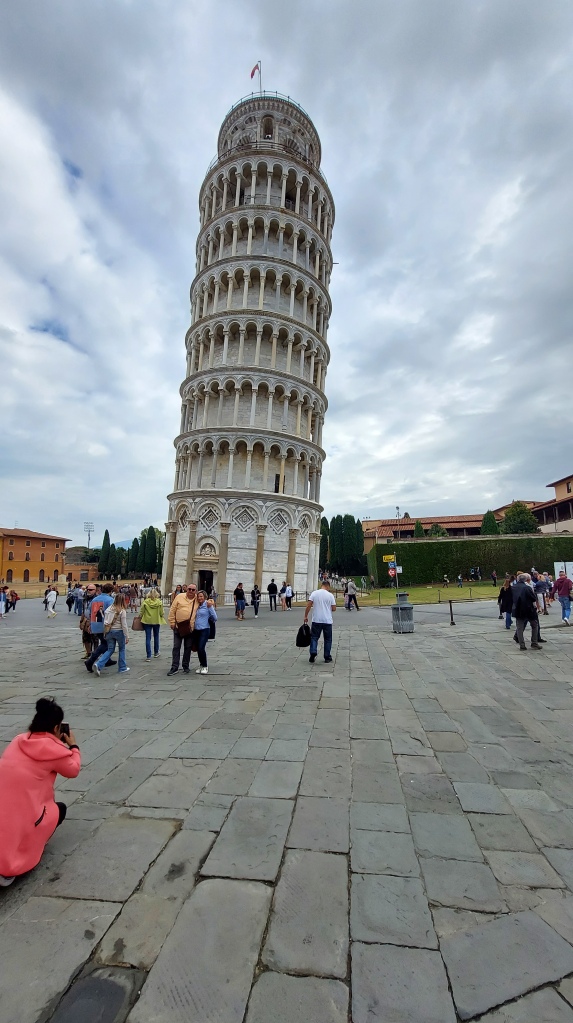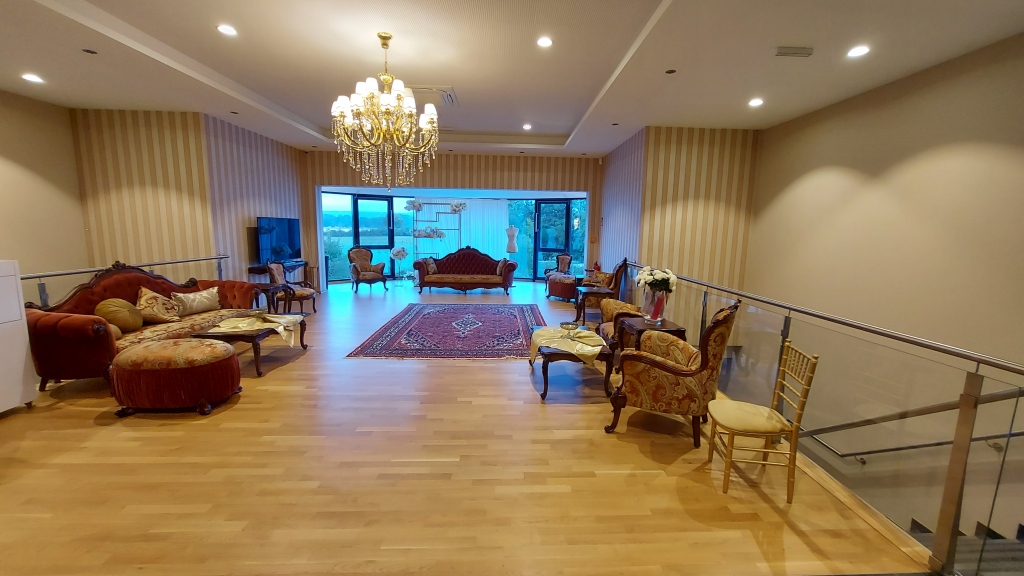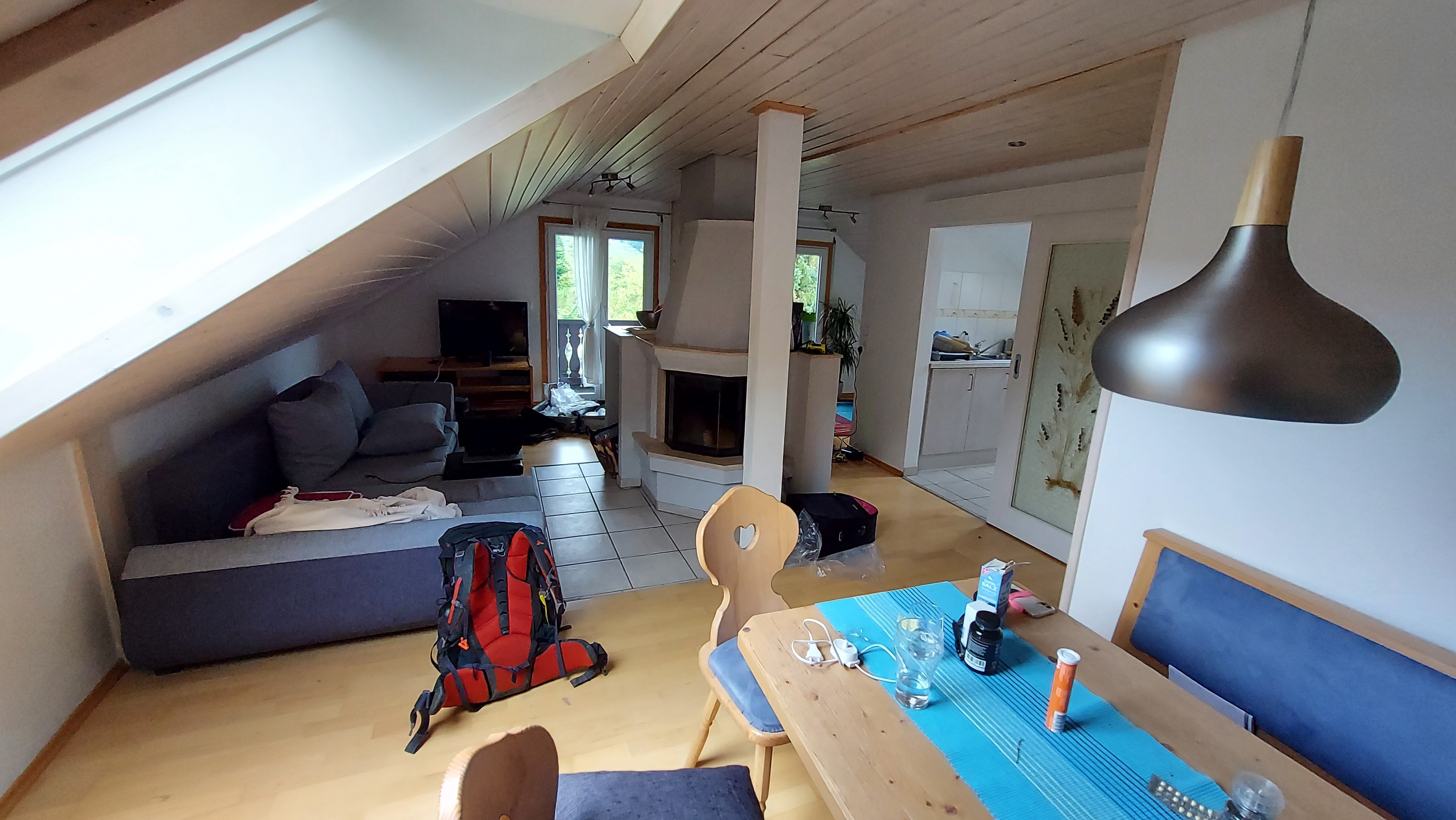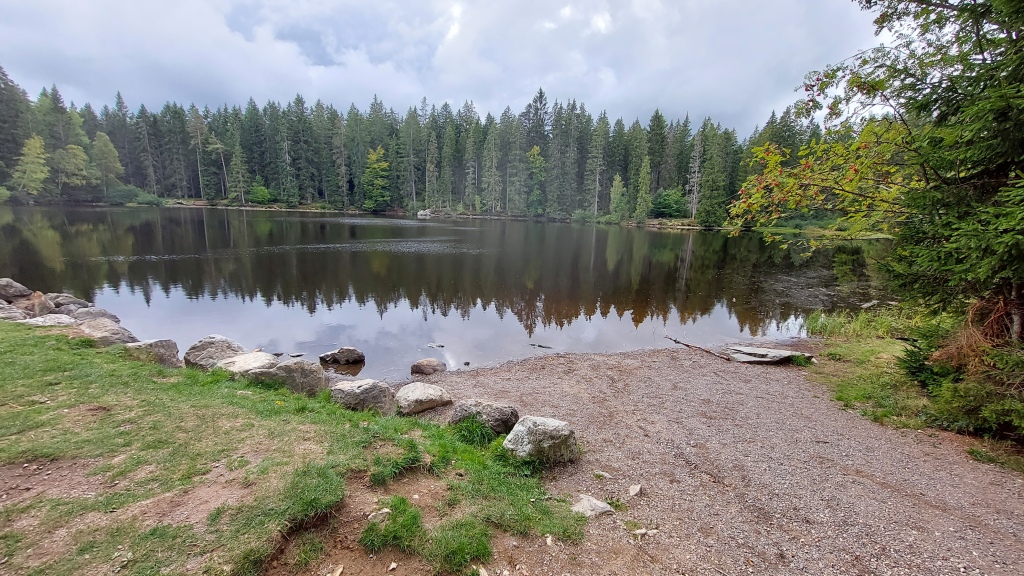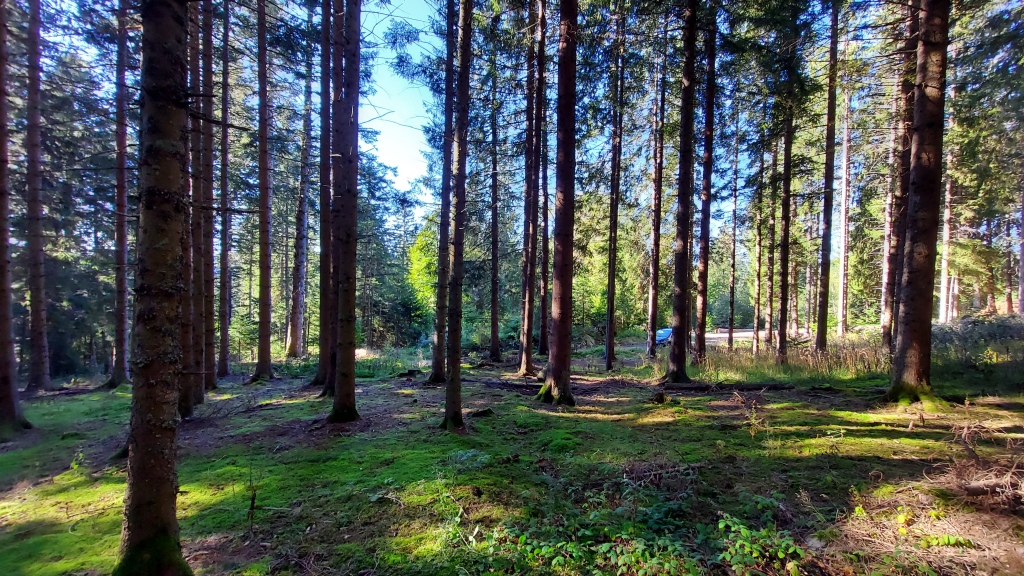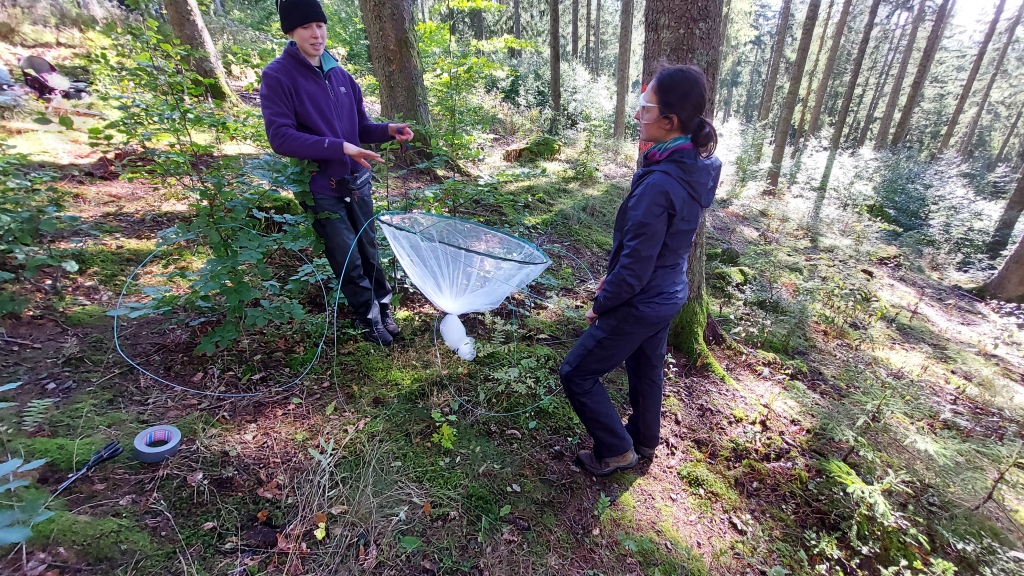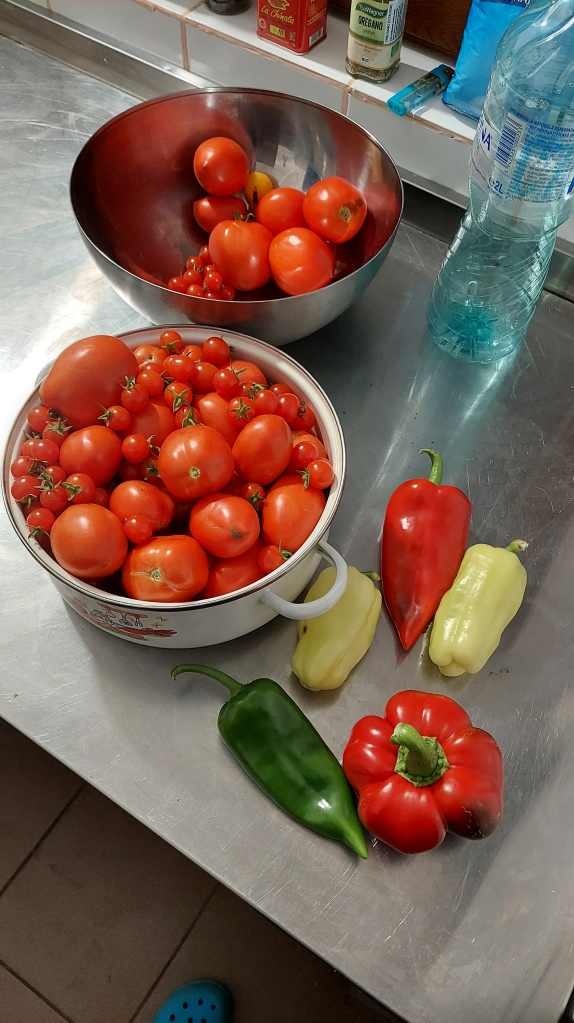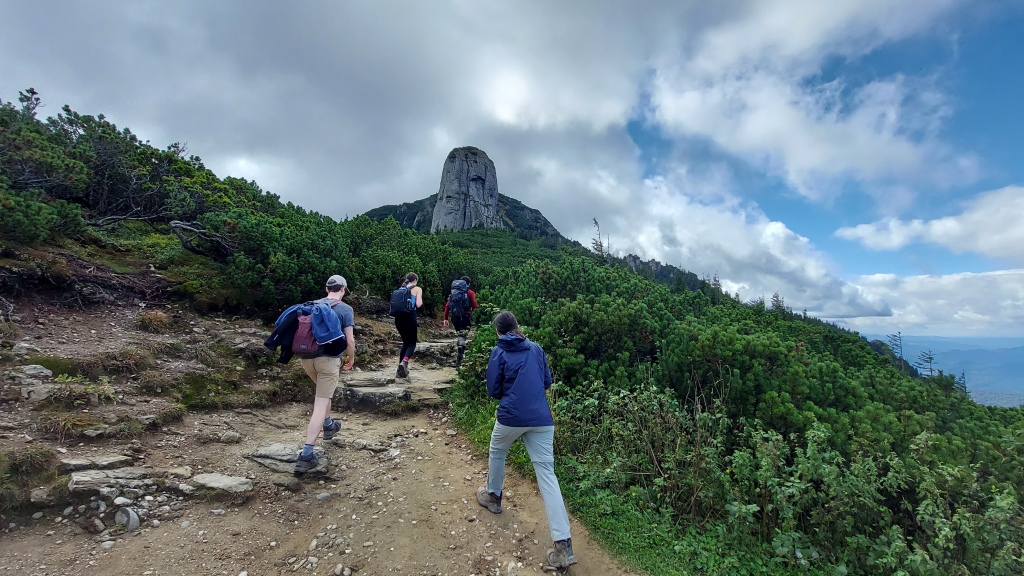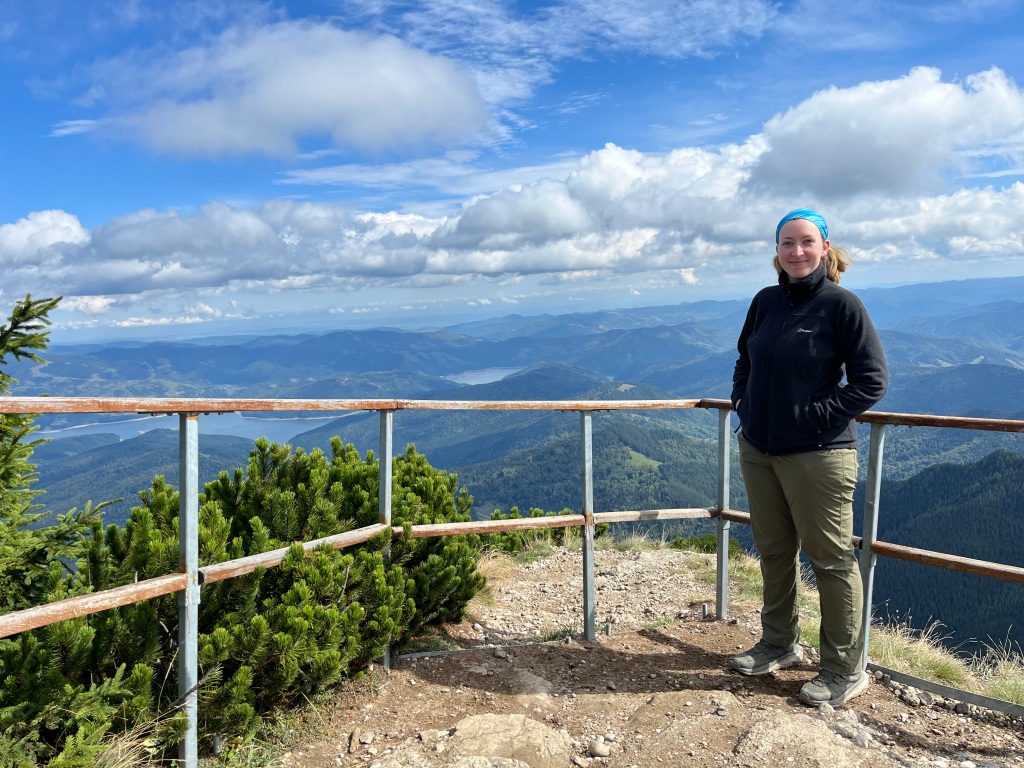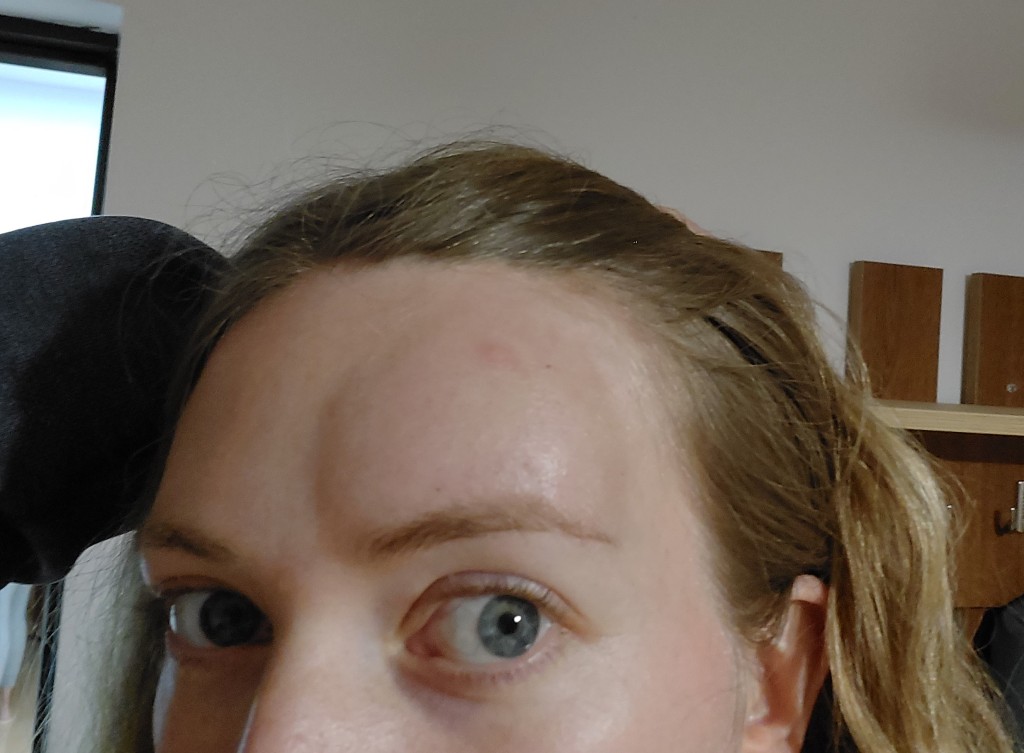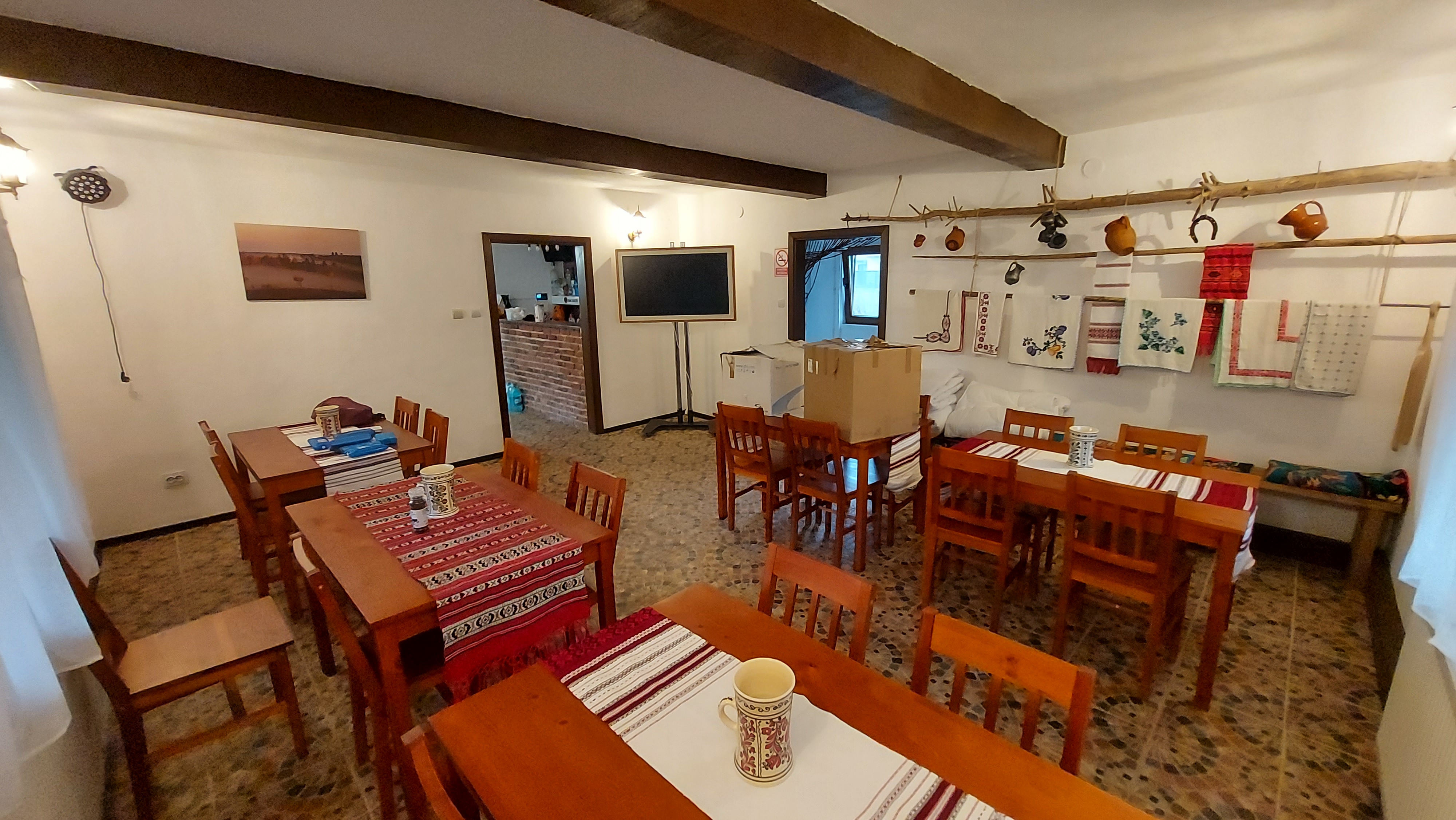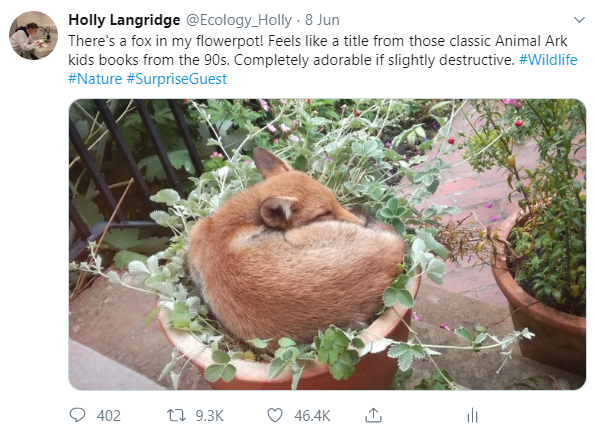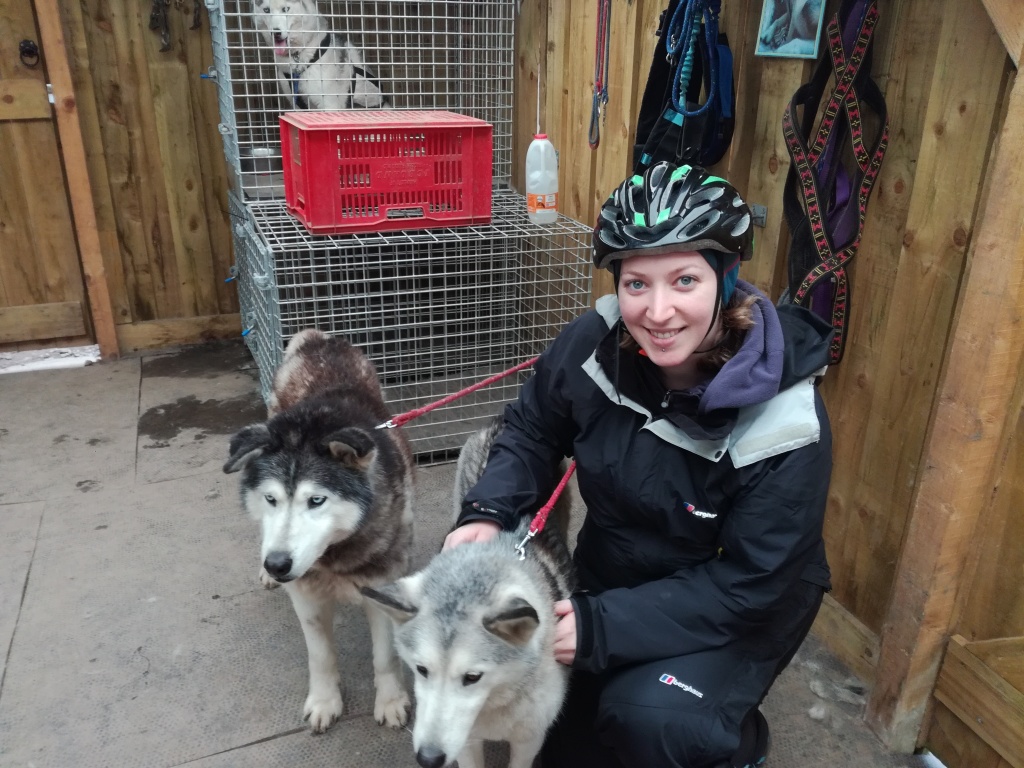Our PhD student Emily had fieldwork to do in the UK, and our PI Hannah wouldn’t be able to stay for the whole trip due to family commitments which is how our student intern Lucia and I ended up going to Poland with Lais for the whole three weeks of Fundiv fieldwork. Lucia had only been working in the lab with me for about a month before the trip so it was a little bit of a gamble on our part, but she fit in fantastically with the team and was incredibly hard-working.
We don’t have any mammal exclusion plots in Poland, which are more intensive for us to set up and monitor. There we are just visiting the previously established Fundiv Europe plots to take samples. The plots are located in Białowieża Forest, near the border with Belarus. There are a lot of tracks through the forest but they’re not open to the public. You have to get a special permit to drive on them, which is tied to the vehicle. We also needed to have a local field assistant with us at all times for logistical and safety reasons. Białowieża Forest spans the border with Belarus which has made it the centre of an immigration crisis in the last few years. Consequently, the forest is teeming with soldiers, border guards, police, and forest guards. We tried and failed to find a car rental company that would let us pick a vehicle up at the airport and drop it in any city near Białowieża and it wasn’t financially sensible for us to rent a car for three whole weeks when we couldn’t use it most of that time. All of that is to explain how we came to be taking a train across Poland with our many suitcases.
Irek, one of our local field assistants met us at Hajnówka train station with the van to drive us the last 30 minutes to the small village of Białowieża. I say small as it has only a few thousand residents but it is actually spread over quite a large area and has two hotels because the forest and national park make it a tourist hot spot. Our accommodation was more like a guest house than a self-catering cottage this time.
We knew we’d be sharing with different people throughout the trip, but had not been able to find a place all to ourselves. There was a kitchen to make food but it was very small and clearly aimed at occasional meal prep, not normal day-to-day cooking. We had only two rooms booked so Lais and I took the larger to share and gave the other to Lucia, since we know each other. The bedroom was large but I could tell the blinds were rubbish straight away, and it made us giggle when we noticed the door to the ensuite had a row of intentional holes in the bottom of it.



The situation couldn’t have been more different to the hut in the Black Forest. There was a petrol station literally across the street from us, and a small supermarket a few minutes’ walk down the road. Of course, I missed the wildness and the seclusion, but it was nice to be able to pop out for a drink or a bar of chocolate when the mood took me. And while I didn’t have views over a lush meadow, I could see a nest of stalks getting ready to fledge on a pole outside the petrol station from my bed.
On the first fieldwork day, Irek picked us up and took us through the village to the University Field station so we could have a quick chat with Bogdan, our academic collaborator before we started. We also briefly met Paweł, the other field assistant who would help us on some days. All three impressed upon us the importance of always carrying our passports as they’d had instances before of field workers being detained by overzealous police or border guards. “we’ll get you back eventually” reassured Bodgan, “but it can take some time”.
We quickly understood why other collaborators had told us it would be no problem to do so many plots in Poland as almost all were within 20 meters of a track. Some we could literally back the van right up to the edge of the plot. The terrain was very flat, and in most of the plots, the soil was sandy and largely devoid of stones. We worked with Irek for the first three days and started to get into a good rhythm with the various tasks on each plot, and later with the cleaning of probes and other evening jobs (namely cooking and making lunch). The next day was a Sunday so neither of the field assistants could come with us meaning we had to take a day off. After lunch we went for a stroll into the village, passing through the park where a palace used to stand and the forest museum currently does. There were some characterful buildings to look at, plus a few cafes and a tiny shop. Despite its small population, the village is very long and we ended up abandoning the plan to visit the hotel at the far end after 40 minutes of walking. We stopped in a café instead and the others had some pirogue while I settled for some delicious homemade lemonade.
Monday was our first day working with Paweł who is apparently a fan of ripping off the band-aid. First thing in the morning he took us to the hardest plot of the trip. The whole forest has suffered mass spruce death since the plots were first established. This meant clambering over the odd fallen tree to access a few plots, or an occasional nightmare plot like this where trees were lying down layered on top of each other, inside the actual plot. The first thing we do at each plot is work out the nine subplot borders and give them a number. We use a flag about 40 cm tall to do this… no easy task in a plot of fallen 1 m+ diameter trunks where tall undergrowth has enthusiastically filled the now light space between them. Carrying the heavy Licor around such a plot was also quite trying. So many of the trees have died that there was very little canopy cover so we were also doing all of this in the blazing sun of a heatwave. Thanks to how easy access was to most plots we still managed to do three more that day and finish at the very reasonable hour of half five.
On Wednesday, Paweł took us to some of the furthest plots in an area with slightly different characteristics. We encountered our first stony hard soil where getting the 40 cm long ingrowth cores into the ground was tricky. Even in the easy plots, it required some hammering but here I was drenched in sweat after sinking the first one. Getting the corer into the ground was only half of the problem. Getting it back out, without the soil falling out was just as difficult. With the corer sunk so deep, and unable to get them made with a longer handle due to suitcase sizes, I found the easiest way to pull it out was to get on my knees and pull it a bit like a deadlift. Once it was half out, I’d switch to a squat. Paweł joked after watching us for a while that the various moves we used with the soil corer were like a full gym workout. He wasn’t wrong, and just carrying the heavy Licor around the plot was definitely working my traps.
We had seen a few piles of abandoned clothes and gum boots in the forest during the first week and a half. Irek and Paweł had explained that Białowieża is in the midst of a migrant crisis. The contiguous forest covering the border from Belarus to Poland had always made it a prime illegal immigration point but things had really kicked up a notch when the Belarusian government had flown a load of Syrian refugees into Belarus on the proviso that they couldn’t stay there. The Polish government, wanting to take a strong stance, had put up a controversial fence a few years previously, right through the middle of the forest. It would stop the bison but I think it only slowed the flow of desperate migrants who could climb it with a little planning. Aside from these quite haunting piles of discarded clothing, there were always plenty of soldiers walking or driving around the village but it hadn’t really impacted our fieldwork yet.
Thursday of our second week in Poland we crossed a little bridge on our way to the first plot. There were two soldiers stationed on it, who clearly spent a lot of time there as they had used wire to attach a couple of perpendicular sticks to the railing as a place to prop up their rifles. They flagged us down but were quickly satisfied by Paweł’s explanation and let us go on our way.
Twenty minutes later I noticed the back of the van is suddenly lighter, I turned and saw there was a big army truck behind us with its headlights on. The track was only really wide enough for one vehicle so we weren’t sure if they just happen to be behind us, if they wanted to overtake or if they wanted us to pull over. They didn’t beep but eventually started to flash the lights so we pulled in, even though the plot was not much further down the track. The truck screeched to a halt at an angle in front of us. Before it had even stopped moving, a soldier jumped out of the front seat, and three more dismounted from the canvas-covered back. They all readied their weapons. The one from the front seat who seemed to be in charge pulled a handgun out of his holster. The three young lads from the back take the rifles off their shoulders, tap the magazine and hold them at their sides. They never pointed their weapons at us, but they made it obvious that they were ready to. The lead soldier and Paweł engaged in a slightly heated debate for a few minutes in Polish. I didn’t understand much beyond him wanting to see our papers. I assumed I’d have to dig my passport out of my bag in the boot so I unclicked my seatbelt, which in hindsight might have looked slightly suspicious to them. We didn’t end up having to show them anything though as Paweł successfully argued that the army doesn’t have the legal right to demand to see identification (apparently only the police and border guards do). They let us continue on our way but watched us until we had parked up at our plot and started unloading our scientific equipment.
Lucia and Lais were understandably a bit shaken up by this. I felt my heart rate rise a little while it was happening, but I honestly found it more thrilling than scary. I’ve reflected on that since and suspect it comes from a mixture of life experience, privilege, and naivety. By which, I mean that I have grown up in a situation where I don’t have to fear the police or military, where I rarely have any interaction with them in fact. I had this innate sense that since we weren’t actually doing anything wrong, it would have worked out fine in the end. And it did, this time, but perhaps just a little more fear might be prudent in terms of survival.










